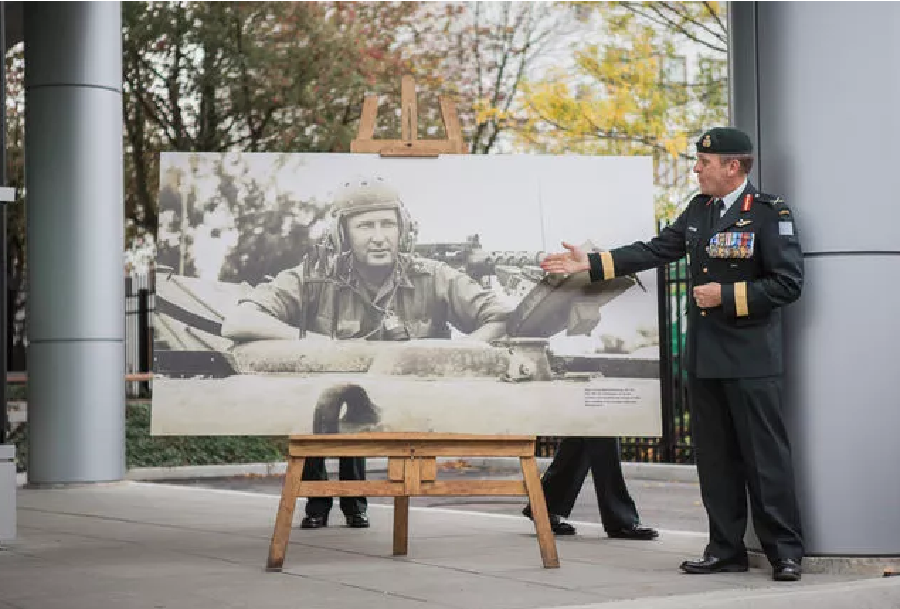IKnowNothing
Army.ca Veteran
- Reaction score
- 975
- Points
- 960
Step 1- take the tanks and the 3 LIB's, put them in a box for later
Step 2- plan 3 symmetrical CMBG's , 1x CAV Squadron+ 2x LAV Bn
Step 3- Scrap the CBG's that are collocated with CMBG's (or close enough for a reasonable drive) - 33/34/38/41
Step 4- All viable units to be absorbed into CMBG. Regiments remain as force generation body responsible for supplying a platoon/troop designated in the CMBG ORBAT.
Step 5 - Take Armoured and Artillery RegF Py's bumped/saved by Step 4 to stand up "Bde" type capabilities - Doctrinal Tank Regiment, AD Regiment, HIMARS, etc.
Step 6- Move 3 R22R to Montreal, absorbs 34CBG to become 70/30 Light Battle Group (If 6/7 Inf Unit listed can deliver would actually be closer to 50/50 with 2x 100/0 and 2x 10/90 Coys
Step 7- Move 3PPCLI and 3 RCR to Borden absorb 31 & 32 CBG and stand up 3CLBG (assuming 4x RegF Coy's and 4x Pres worth of platoons)
Desired Result
3x ~70/30 CMBG's fully manned with proper CS coys. Line Coy RegF allocation either 100/70/40 or 100/100/10(HQ Reg), attachments to turn any of the 3 into a quasi heavy bde with 3 maneuver units and proper enablers as needed, a new light Bde.
How far off viable? What are the stumbling points to take it that far?
If not completely asinine
a-would there be any armoured/arty PY's created for the new units or would reserve integration just bring them up to strength?
b-would it be better to attach the Montreal based light battle group to 3 CLBG and be orphaned by language or 5CMBG and be orphaned by function?
c-what should be done with 36/37/39? Could sims let them be re-roled to help with a? fly in coy's for the light bde?
d-is there enough CS and CSS inherent to 31&32 and leftover after step 5 to support the light Bde? (even as a Bn generator)
Step 2- plan 3 symmetrical CMBG's , 1x CAV Squadron+ 2x LAV Bn
Step 3- Scrap the CBG's that are collocated with CMBG's (or close enough for a reasonable drive) - 33/34/38/41
Step 4- All viable units to be absorbed into CMBG. Regiments remain as force generation body responsible for supplying a platoon/troop designated in the CMBG ORBAT.
Step 5 - Take Armoured and Artillery RegF Py's bumped/saved by Step 4 to stand up "Bde" type capabilities - Doctrinal Tank Regiment, AD Regiment, HIMARS, etc.
Step 6- Move 3 R22R to Montreal, absorbs 34CBG to become 70/30 Light Battle Group (If 6/7 Inf Unit listed can deliver would actually be closer to 50/50 with 2x 100/0 and 2x 10/90 Coys
Step 7- Move 3PPCLI and 3 RCR to Borden absorb 31 & 32 CBG and stand up 3CLBG (assuming 4x RegF Coy's and 4x Pres worth of platoons)
Desired Result
3x ~70/30 CMBG's fully manned with proper CS coys. Line Coy RegF allocation either 100/70/40 or 100/100/10(HQ Reg), attachments to turn any of the 3 into a quasi heavy bde with 3 maneuver units and proper enablers as needed, a new light Bde.
How far off viable? What are the stumbling points to take it that far?
If not completely asinine
a-would there be any armoured/arty PY's created for the new units or would reserve integration just bring them up to strength?
b-would it be better to attach the Montreal based light battle group to 3 CLBG and be orphaned by language or 5CMBG and be orphaned by function?
c-what should be done with 36/37/39? Could sims let them be re-roled to help with a? fly in coy's for the light bde?
d-is there enough CS and CSS inherent to 31&32 and leftover after step 5 to support the light Bde? (even as a Bn generator)
Last edited:


